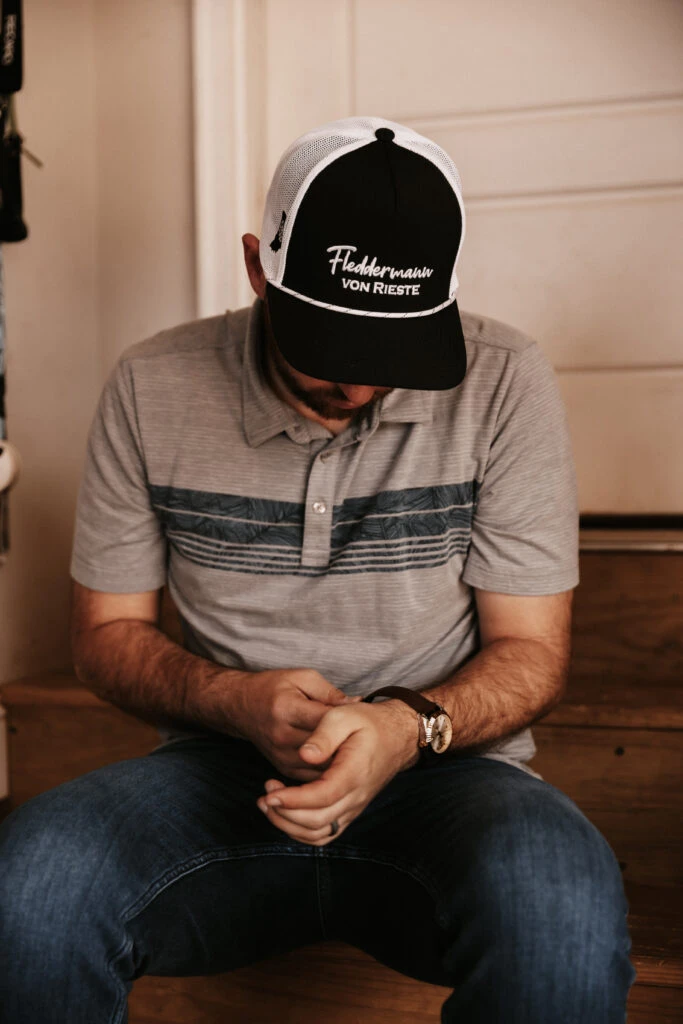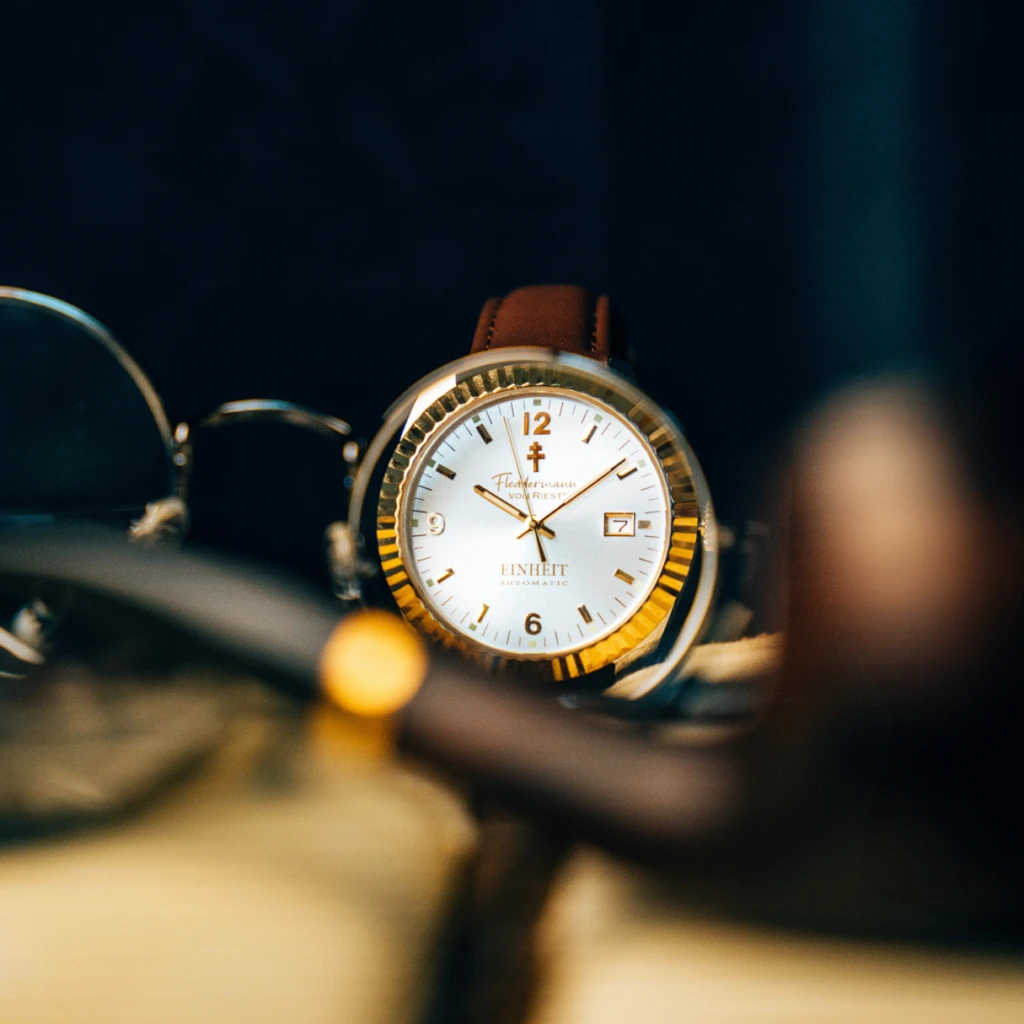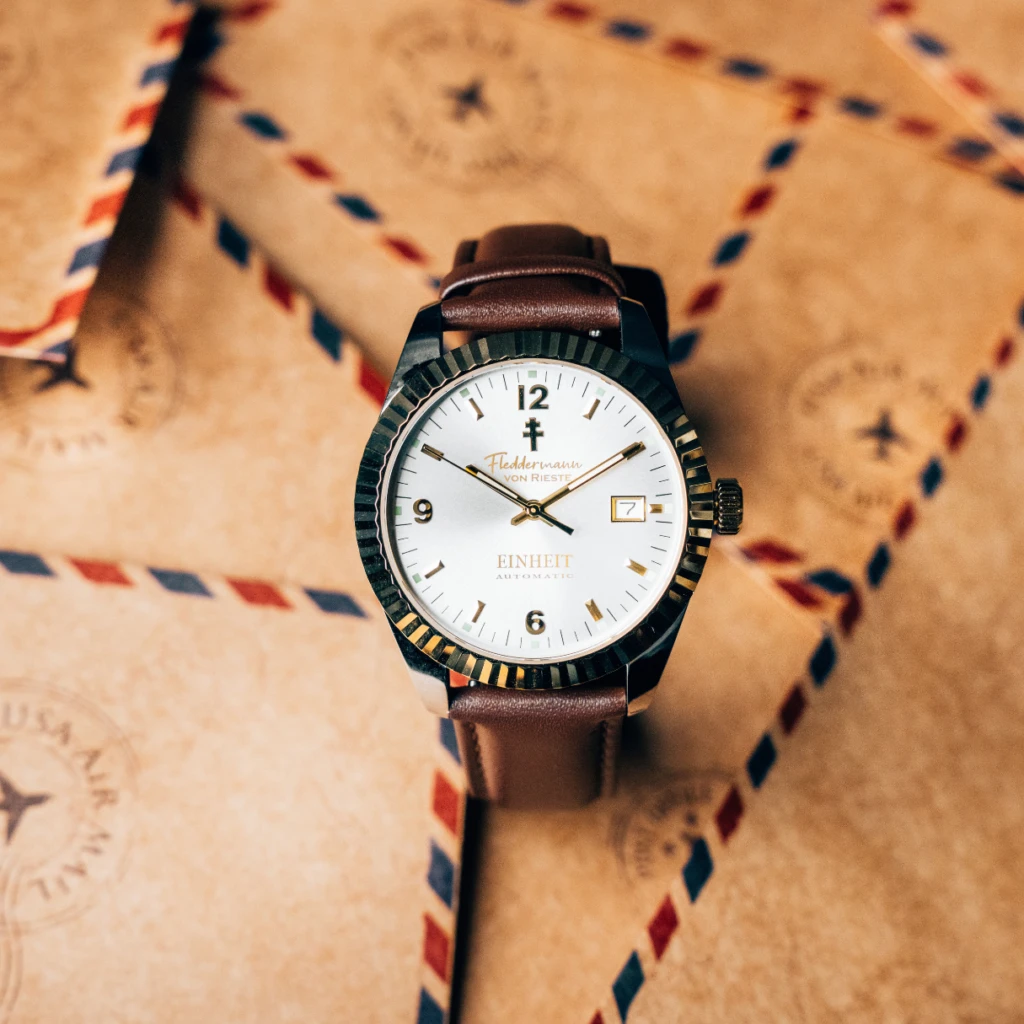Chase Briscoe Darlington Advance
No. 14 Mahindra Tractors Ford Mustang Dark Horse
● Event: Goodyear 400 (Round 13 of 36)
● Time/Date: 3 p.m. EDT on Sunday, May 12
● Location: Darlington (S.C.) Raceway
● Layout: 1.366-mile oval
● Laps/Miles: 293 laps/400.2 miles
● Stage Lengths: Stage 1: 90 laps / Stage 2: 95 laps / Final Stage: 108 laps
● TV/Radio: FS1 / MRN / SiriusXM NASCAR Radio

Notes of Interest
● Darlington (S.C.) Raceway is home to the Official Throwback Weekend of NASCAR, and for Sunday’s Goodyear 400 NASCAR Cup Series race, drivers and teams use their racecars to turn back  time by running throwback liveries. The racecars are the canvas where the paints of the past come alive. For Chase Briscoe and the No. 14 team of Stewart-Haas Racing, they’re throwing it back to the paint scheme Chase’s father, Kevin, used on his sprint car during a more than 20-year career that included over 200 feature wins. The elder Briscoe also won the 1993 track championship at Tri-State Speedway in Haubstadt, Indiana, and scored five track titles at Bloomington (Ind.) Speedway, including a run of three straight (2004-2006) after winning championships there in 1991 and 2001.
time by running throwback liveries. The racecars are the canvas where the paints of the past come alive. For Chase Briscoe and the No. 14 team of Stewart-Haas Racing, they’re throwing it back to the paint scheme Chase’s father, Kevin, used on his sprint car during a more than 20-year career that included over 200 feature wins. The elder Briscoe also won the 1993 track championship at Tri-State Speedway in Haubstadt, Indiana, and scored five track titles at Bloomington (Ind.) Speedway, including a run of three straight (2004-2006) after winning championships there in 1991 and 2001.

The white-and-red-colors adorning Briscoe’s No. 14 Mahindra Tractors Ford Mustang Dark Horse go all the way back to the patriarch of the Briscoe Family, Richard Briscoe. Richard is Chase’s grandfather and, in addition to fielding a sprint car for his son, Kevin, Richard employed a who’s who of sprint car racers since his team’s founding in 1976. Fourteen National Sprint Car Hall of Famers have driven for Briscoe Racing: Chuck Amati, Dale Blaney, Dave Blaney, Steve Butler, Dave Darland, Dick Gaines, Jack Hewitt, Rickey Hood, Randy Kinser, Steve Kinser, Danny Smith, Jeff Swindell, Rich Vogler and Doug Wolfgang. In all, 37 different drivers delivered more than 500 wins to Richard Briscoe.
● Richard Briscoe climbed behind the wheel of sprint car just two times. After a friend was killed on the second night of his driving career, Richard became a fulltime car owner and mechanic. His first win as a car owner came in 1976 at Bloomington Speedway with driver Mike Johnson in a race that paid $1,000 to win. Richard’s number throughout Briscoe Racing’s years has been No. 5. Said Chase Briscoe about the number’s history: “The first car my grandpa ever bought had the No. 5 on it, and he thought it was back luck to change numbers, so the No. 5 has been with us ever since.”
● The Goodyear 400 will mark Chase Briscoe’s seventh career NASCAR Cup Series start at Darlington. While the native of Mitchell, Indiana, is still looking for his first top-10 at the track, Briscoe has been solid, with five top-20 finishes to give him an average result of 18.2. His best Cup Series result at Darlington is 11th, earned in the 2021 Goodyear 400. Briscoe finished 15th in his most recent Cup Series start at Darlington, last year’s Southern 500.
● Darlington is known as “The Track Too Tough To Tame,” but Briscoe has tamed the venerable 1.366-mile oval in the NASCAR Xfinity Series. He scored a dramatic victory at Darlington on May 21, 2020, beating Kyle Busch in a fender-scraping, tire-rubbing duel where the margin of victory was just .086 of a second. Both Briscoe and Busch led 45 laps that day, but Briscoe led the lap that mattered most as he took the lead from Busch on the final lap. It was the fourth victory in Briscoe’s tally of 11 career Xfinity Series wins. In Briscoe’s two other Xfinity Series starts at Darlington, he finished sixth (August 2019) and 11th (September 2020).
● The 2024 season marks Darlington’s 74th anniversary, with the egg-shaped oval having hosted 125 NASCAR Cup Series races. The first came on Sept. 4, 1950 and it was the first 500-mile race in NASCAR history and the first on asphalt. Johnny Mantz drove his Plymouth to the win with an average speed of 75.250 mph and the race took 6 hours, 38 minutes and 40 seconds to complete. Juxtapose that with Kyle Larson’s win in the most recent NASCAR Cup Series race at Darlington, the 2023 Southern 500, where he had an average speed of 120.906 mph and the race finished in 4 hours, 8 minutes and 47 seconds.

● Mahindra Ag North America is in its third year as the anchor sponsor for Briscoe and the No. 14 team after extending its partnership with Stewart-Haas during the offseason. The multiyear agreement with the NASCAR team co-owned by NASCAR Hall of Famer Tony Stewart and industrialist Gene Haas continues to feature Mahindra Tractors, a brand of Mahindra Ag North America, on Briscoe’s No. 14 Ford Mustang for the majority of the NASCAR Cup Series schedule. Houston-based Mahindra Ag North America is part of Mahindra Group’s Automotive and Farm Sector, the No. 1-selling farm tractor company in the world, based on volumes across all company brands. Mahindra offers a range of tractor models from 20-75 horsepower, implements, and the ROXOR heavy-duty UTV. Mahindra farm equipment is engineered to be easy to operate by first-time tractor or side-by-side owners and heavy duty to tackle the tough jobs of rural living, farming and ranching. Steel-framed Mahindra Tractors and side-by-sides are ideal for customers who demand performance, reliability and comfort. Mahindra dealers are independent, family-owned businesses located throughout the U.S. and Canada.
Chase Briscoe, Driver of the No. 14 Mahindra Tractors Ford Mustang Dark Horse, Wearing the Fleddermann von Rieste Einhiet in Celebration Champagne, Photo Credit – Justin Potter
Briscoe on Darlington
Your No. 14 Mahindra Tractors Ford Mustang Dark Horse at Darlington represents three generations of racing Briscoes. How special is that for you?
“It’s cool just to be able to kind of throw it back and give back to the only reason I’m racing at all. If it wasn’t for my grandpa in 1976 kind of getting bit by the racing bug, then my dad doesn’t get involved in it, and if my dad’s not involved in it, then probably I’m not involved in it. So, it’s pretty cool to be able to do that and have all three generations still alive to be able to see it. Not many families can say they have three generations of racecar drivers, and the way my son is, I’m probably in trouble because we’ll probably have four generations. It is really cool and really special. I’ve been fortunate that, pretty much every year of my career, Darlington throwback weekend I’ve been given me the opportunity to kind of do what I wanted, and I’ve wanted to do this for a long time and this year it just all came together. I’m really excited for it and can’t wait to see it on track.”
Talk about your grandfather, Richard, the sprint car owner, and what you remember about some of the drivers he had in his racecars.
“My grandpa, at first, decided he was going to start racing. He went and bought a used car and raced twice, and on the second night one of his best friends got killed. He was like, ‘This probably isn’t for me, I have a family, I’m just going to start owning them instead and start being a crew chief and just be a car owner,’ and he was really, really successful at it. I didn’t realize at an early age just how big of a deal my grandpa was in the Indiana sprint car scene. Obviously, my dad always drove for him growing up and that’s all I knew, but before my dad started driving, it was like a who’s who of sprint car drivers who got to drive for my grandpa. If you were an Indiana sprint car driver, even a national driver and you came to Indiana, you wanted to drive in my grandpa’s car. He was one of those owners. I figured it up the other day, he’s got over 500 wins as an owner, and I think there were 14 national Sprint Car Hall of Famers who have driven for him. When you look at the list, there are only 40 or so drivers who ever driven for him, so nearly half have been Sprint Car Hall of Famers. It’s pretty cool just to know the history that my grandpa has been able to have with multiple drivers, and to have a lot of my heroes on the hood of our car who have all driven for my grandpa, that’s pretty special.”
Talk about your dad, Kevin, the sprint car driver, and what you remember about seeing your dad not just race, but win, a lot.
“My dad won a lot of races. Growing up, I probably took for granted how good he was. I just thought it was normal when you went to the racetrack that your dad was going to win the race. As a driver, my dad has won over 200 races, so he certainly had a way more successful sprint car career than I could’ve ever thought about having. It was crazy, growing up, literally every weekend he would win a race and it was just normal. I always tell the story about when I wouldn’t go, I’d wake up Sunday morning and turn the corner and he’d always put the trophy on our kitchen counter, so that’s how I always knew if he won or not. And it literally felt like every single weekend there was a trophy on our kitchen counter. He’s won a ton of championships at different racetracks, and truthfully didn’t race for a lot of championships a lot of the time, he just went where the money was in the Midwest and had a really successful career. I didn’t get to see the heyday, but I felt like when I was young he was winning quite a bit. I think one year when I was younger, he won 24 races, about half the races. A pretty dang good career, for sure.”
Explain what it’s like to be able to share with your dad and granddad your journey to NASCAR, where you’ve reached the pinnacle of North American motorsports – the NASCAR Cup Series.
“It’s crazy. I think for all of us it’s just nuts that I’m even here. My path to NASCAR was so different from 95 percent of the drivers in the field. We didn’t have money growing up, so the fact that I ran one NASCAR Truck race was unbelievable, let alone in the Cup Series, and doing it at the place where I’ve always dreamed of racing with the car number that I would’ve picked. It’s still a pinch-me moment for all of us. It’s really good for all of us to get to experience that. My dad goes to probably 50 percent of the races, so for him to be there a lot of the time is really cool for us. My grandpa tries to go to one race a year when he can. It’s always special, just the fact that my grandpa’s still around to see it, starting when he did back in 1976, and now to see the fruits of his labor, in a sense, is pretty cool. If he wouldn’t have started back in 1976, his grandson certainly wouldn’t be doing what he’s doing now. So it’s pretty dang cool, for sure.”
You now bring all of that history to a track known for its history. Do you feel like you go back in time when you go to Darlington?
“Every time you go to Darlington, it’s like you’re stepping into a time machine. Just the racetrack, it doesn’t matter what era of racecar you put on it, whether it’s a NextGen, a Gen 4, 5, 6, it’s like none of them are going to drive that good, they’re all going to be slipping and sliding around, the tires are going to get worn out, you’re going to have more power than you need, and that’s unlike a lot of racetracks we go to. And then even the facility, it’s not the fanciest facility we go to, it doesn’t have the nicest things for fans, realistically. But when you go there, you know you’re not going for that, you’re going for that authentic, early NASCAR experience, and that’s what it feels like when you drive through the tunnel at Darlington. Whether you’re in the garage area or you’re on the racetrack, it doesn’t matter where you’re at on those grounds, it just feels very sacred and just feels like you’re in a time machine.”
You’re in a NextGen car. You wear a full-face, state-of-the-art helmet, combined with a state-of-the-art firesuit and shoes, and a six-way seatbelt system keeps you secure in a custom-molded seat. Do you ever wonder how a guy like Richard Petty ran 500 miles at Darlington in overalls and whatever helmet he could find, in a car not far removed from what was on the dealership floor?
“It is crazy just to think about the roots of NASCAR, and just the roots of racing, in general, like how far we’ve come in not a long period of time. You think about how they were literally taking cars pretty much from the showroom, guys were out there racing in their street clothes and pretty much anything they could get on their head that would work – it could be a bucket and they would run with it. It’s pretty crazy just how far we’ve come. Even talking with my dad about his early days in sprint cars, it literally had four Dzus buttons that you would take out with a flathead screwdriver, it was a quarter turn, that’s all that would lock their seat in, and that was it. You just wouldn’t even think about doing that these days. It’s definitely wild to think about how far we’ve come as just a culture with motorsports, and certainly glad that we’ve come that far, but yeah, those guys were certainly stallions in a world of ponies.”
What makes Darlington challenging for you?
“Darlington’s been a place where I’ve had success in the past, and it’s always been a place where I feel like I understand what I need. And I’ve always been good there. I’ve never been necessarily great at Darlington, but I’ve always been kind of OK from a speed standpoint. That first time I went there in the Cup Series was still in the old car and it drove a lot like what I grew up racing there as far as the Xfinity stuff goes. The NextGen car has been a little bit more of a struggle, just because how I drove Darlington didn’t necessarily fit the current generation of car. I’ve had to change my style there over the last year. I feel like every time we’ve gone there we’ve gotten better and better, we just haven’t had the finish to show for it. Hopefully, this time we can go there and it would be super special to have a really good run in that car. I know my dad’s coming, they’re trying to figure out a way for my grandpa to come, so it would be really special to run well with that paint scheme.”
When you won the NASCAR Xfinity Series race at Darlington in May 2020, you had to beat Kyle Busch. How big of a deal was that victory, and do you consider it one of your greatest victories?
“I would say that win certainly put me on the map as far as having conversations about going Cup racing. Before that, I don’t think anybody thought I was necessarily Cup-caliber, and I felt like after winning there, beating Kyle Busch and doing it the way we did it, being literally just heads-up and being able to outrun him there changed a lot of people’s perspectives. I know for me it was huge just from a confidence standpoint. I mean, I beat Kyle Busch in an Xfinity car and I did it at, of all places, Darlington. So just from a confidence level, that was big for me, and every time I’ve gone back there, I feel like that’s kind of just carried over, just knowing that you beat one of the best to ever run around this place. I know that I’m capable of doing it, it’s just a matter of putting all of those pieces back together. But certainly I would say that was one of the biggest wins of my career. Still, literally every single weekend, somebody brings that race up to me, like a fan does, and they don’t do that about other races. So, certainly it was one of the biggest wins of my career.”
How much can you rip the wall at Darlington before you rip your car into pieces?
“You can do it all day if you’re good. It’s definitely easy to get caught up there and get into the wall because it just invites you. The closer and closer you get to the wall, the more and more speed you make. And you hear about it, right? It’s the Lady in Black, she invites you to keep running in there harder, and then you drive harder and flirt with her and dance with her a little bit more, and then she slaps you. It’s always a challenge there because it is 100-percent faster the closer you run to the wall, and then you try to get that little bit extra and then you’re into the wall. It’s different than every other racetrack. At every other racetrack, you kind of lift at the same spot, you use the same amount of brake, whereas at Darlington the tires are falling off so much, literally every single lap you run, nothing is the same, so you’re constantly changing, and that’s what makes it so challenging.”
When you finish a race at Darlington, regardless of where you finish, is there a sense of accomplishment?
“I felt like early in my career when I ran the whole day and I finished and I didn’t crash, that was good, but I feel like now you don’t necessarily have that same level of accomplishment. It’s almost one of those things where if you come in and the right side’s not torn up, you’re like, ‘Man, I probably wasn’t driving hard enough.’ You kind of want the whole right side destroyed by the end of it because if you come in at the end of the day with a clean car, you’re probably not driving hard enough.”
Wear What Chase Wears
The Fleddermann von Rieste Einheit Dress Watch in Celebration Champagne, Photo Credit Eye of Isaac Photography
About Fleddermann von Rieste
Fleddermann von Rieste is an Indiana-based independent watch company striving to produce legacy American assembled watches. Assembled by an AWCI-certified watchmaker in the Hoosier State, Fleddermann von Rieste produced both automatic watches and mechanical watches. The Fleddermann family incorporates inspiration from both the deep-rooted Indiana family history and German heritage into every watch. Every American assembled mechanical or automatic watch is designed to become a family heirloom from the first wearing. Great pride is taken in providing attainable legacy timepieces that generations can be proud to wear, share, and cherish. Our watches deliver our vision for timeless watches you can be excited to show your father and proud to give to your son.
No. 14 Rush Truck Centers/Cummins Team Roster
Primary Team Members
Driver: Chase Briscoe
Hometown: Mitchell, Indiana
Crew Chief: Richard Boswell
Hometown: Friendship, Maryland
Car Chief: J.D. Frey
Hometown: Ferndale, California
Engineer: Mike Cook
Hometown: Annapolis, Maryland
Spotter: Joey Campbell
Hometown: Berlin, Connecticut
Over-The-Wall Members
Front Tire Changer: Shayne Pipala
Hometown: Frankfort Square, Illinois
Rear Tire Changer: Dakota Ratcliff
Hometown: Nashville, Tennessee
Tire Carrier: Jon Bernal
Hometown: Holland, Michigan
Jack Man: Dylan Moser
Hometown: Monroe, North Carolina
Fuel Man: Corey Coppola
Hometown: Bluefield, West Virginia
Road Crew Members
Underneath Mechanic: Stephen Gonzalez
Hometown: Mooresville, North Carolina
Interior Mechanic: Trevor Adams
Hometown: Plymouth, Wisconsin
Tire Specialist: Keith Eads
Hometown: Arlington, Virginia
Shock Specialist: Brian Holshouser
Hometown: Charlotte, North Carolina
Engine Tuner: Jon Phillips
Hometown: Jefferson City, Missouri
Transporter Co-Driver: Todd Cable
Hometown: Shelby, North Carolina
Transporter Co-Driver: Dale Lackey
Hometown: Taylorsville, North Carolina
Thank you to Mike Arning, True Speed Communication on behalf of Stewart-Haas Racing




